London-based producer Michael Anthony Wright shows us around the studio where he made his eclectic new album.
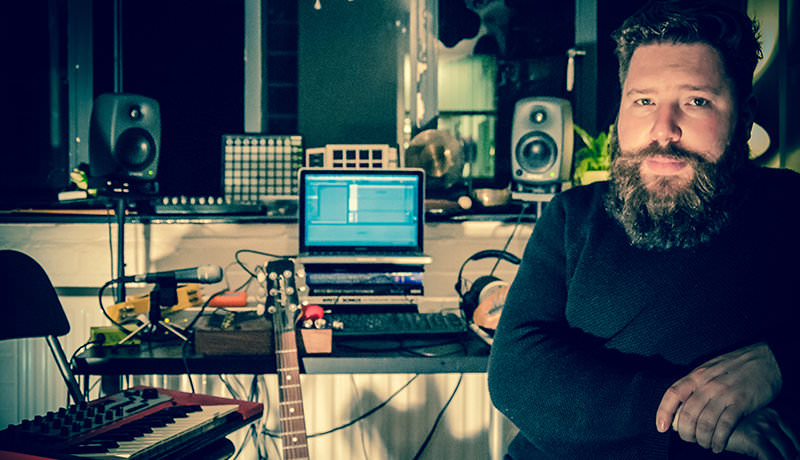
Brassica – My Studio
“Introducing low-tech, real-world sounds into electronic music is the part that excites me the most… I quite enjoy being out of my comfort zone when it comes to making music.”
Brassica shows us around his London studio.
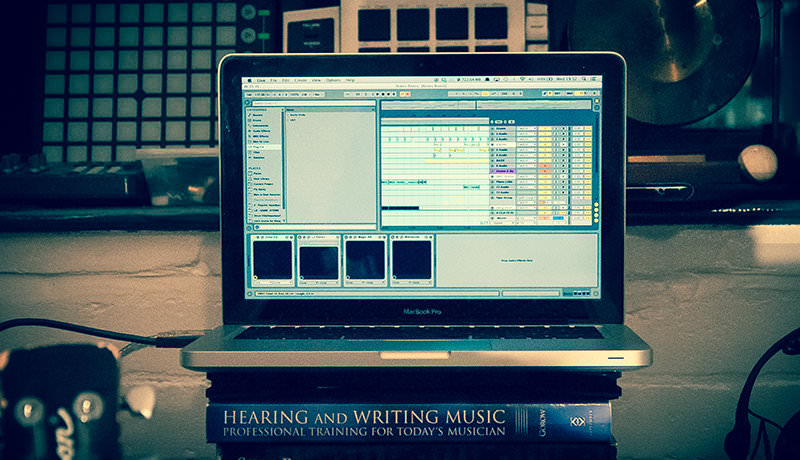


Ableton Live
A totally obvious choice but bear with me… Take your laptop, put Ableton into full-screen mode and forget that anything else runs on the system. Now, while you hold your laptop in hands, imagine this whole device was sold as a piece of hardware – a really advanced sampler / sequencer / portable music sketchbook. One that integrates Max/MSP, third party plugins, etc. Ableton is so ridiculously good but often misunderstood because of its comparison to tape studio-style DAWs, and is perhaps too intuitively easy to use.
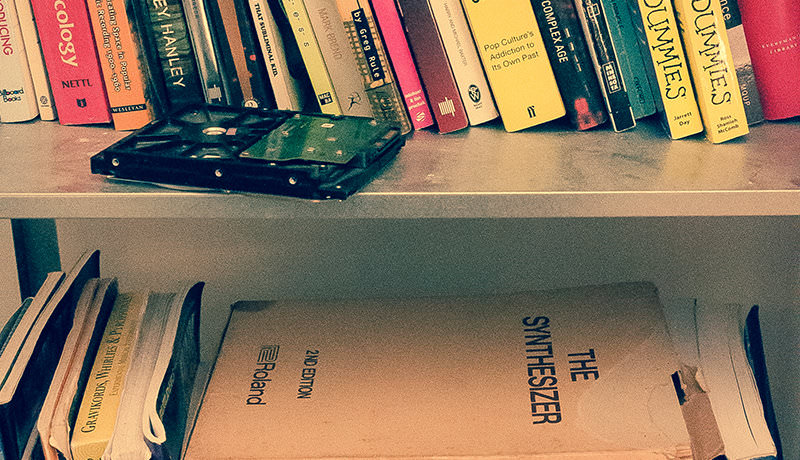


Books
Second to actually listening to music, I find books about music can open new doors in the mind. Anything from music theory to psychology, artist biographies, audio engineering, even general electrical engineering or visual design books can be enlightening for musicians when the principles are adapted.
A few of my strong recommendations would be Sound Ideas: Music, Machines and Experience by Aden Evans, Hearing and Writing Music by Ron Gorrow, The Memoirs of Hector Berlioz, The Computer Music Tutorial by Curtis Roads, The War of Art by Steven Pressfield and Sonic Experience: A Guide to Everyday Sounds by Jean-Francois Augoyard and Henry Torgue.
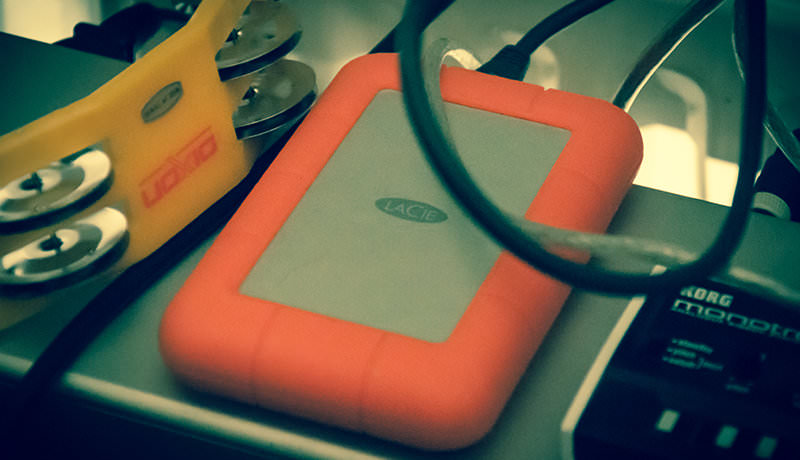


Hard Drives
Collaborating with other people is great. Collaborating with yourself can be even more interesting. We take our computer technology for granted these days but it’s important to appreciate the power and flexibility at our disposal. I try to archive every sound I make, for instance noises made in my university days (studying Sound Arts and Design), old bands, jam sessions, borrowed bits of esoteric gear recordings. Never throw anything away and eventually you end up with a vast library of samples created by ghosts of your former self who had different philosophies, gear, emotions, technical skills, etc.
Bonus: it remains 100% your own intellectual property and comes pre-loaded with personal sentiment, unlike a third-party sample pack.
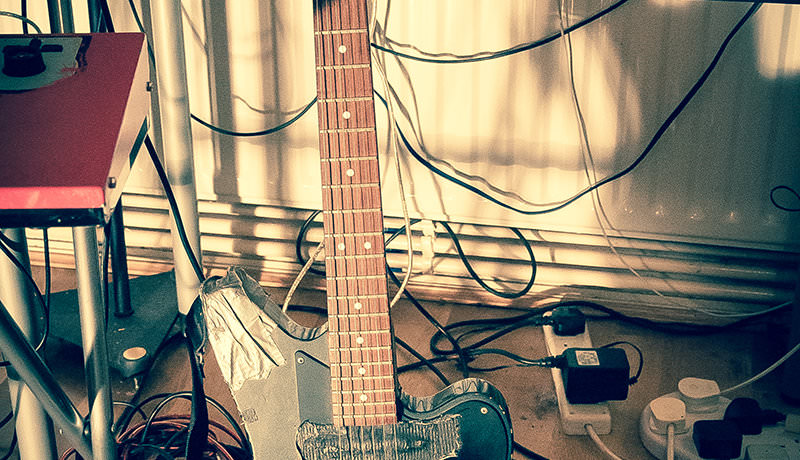


Guitar (or voice or anything I can’t do or play properly)
I quite enjoy being out of my comfort zone when it comes to making music. I can’t sing or play guitar but I did a fair bit on my recent album, Man Is Deaf. I just view them as source tones, like oscillators, then use what’s available to filter, fine tune, edit, process, layer, etc. It’s amazing how the slightest introduction of organic sound can open up a piece of electronic music and take it to vastly more interesting places than pure bleeps and bloops (unless that floats your boat specifically). I think, for example, a guitar chord played back at half the speed has more interesting sonic qualities and humanly-engaging artefacts than any synthesised sound I’ve heard.
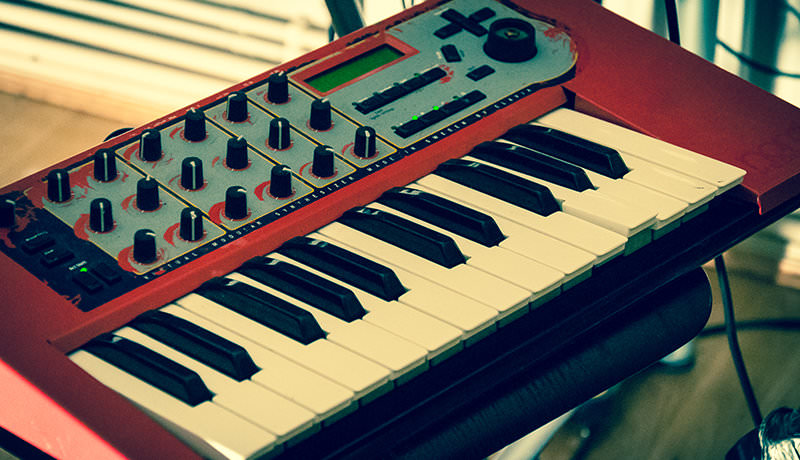


Nord Modular G1
I’ve bought and sold more synthesisers than I’m happy to admit. The Nord Modular is the only hardware synth I currently own and the only one I want to keep forever. It sounds like it’s on a record already somehow, to my ears at least. It doesn’t need much EQ or tampering with after being recorded and the array of sound always inspire musical ideas in themselves.
Most people have given up on these because the software editor stopped at OS 9. However if anyone is interested, my advice – download Nomad, a third-party editor that someone kindly created in Java. It doesn’t work with every MIDI interface but I can confirm it’s 100% stable with the old Midiman Midisport 2×2 interfaces, which you can pick up for £10.
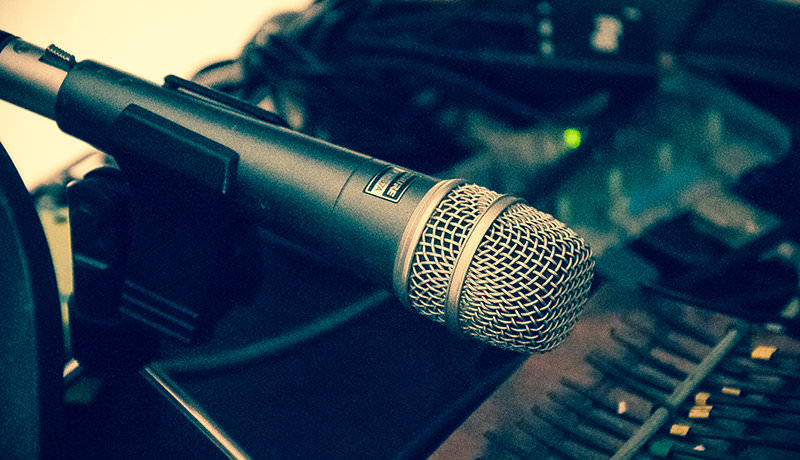


SM57 Microphone
Introducing low-tech, real-world sounds into electronic music is the part that excites me the most. A remix I did for Bicep recently features a rainstorm recorded directly outside my window whilst I was working on the track. It also has a lot of feedback through time-synced delays, so for instance I’m playing synth parts through my monitors and moving the mic around the room whilst feeding back into the computer. There’s a technique in film sound production called ‘worldising’ where you play sounds through speakers in various spaces and re-record to add a realistic sense of depth and physicality. I do this a fair bit. There’s a world of interesting sound out there that is free. Why spend £5,000 on a 909 when you can mic a sofa cushion and beat it with a stick to produce a kick sound?
Brassica’s debut album, Man Is Deaf, is out now on Civil Music. Find him on SoundCloud, Facebook and his website.
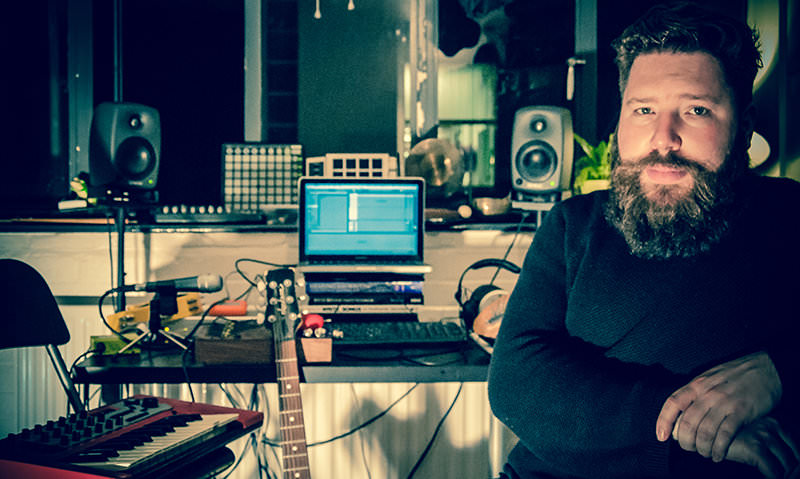
05.05 PM
Sonic Experience: A Guide to Everyday Sounds links to a different book. Here is the Amazon US page:
http://www.amazon.com/Sonic-Experience-Guide-Everyday-Sounds/dp/077352942X
10.13 AM
Thanks facklr, we’ve also fixed the link above.
11.57 PM
Interesting perspective on things. Had a listen to the SC and really like the sound of this so have ordered the album.
10.47 AM
Goes to show how creativity and a large collection of samples (recordings?) can go farther than a collection of expensive gear
03.06 AM
creativity > gear. great mindset!